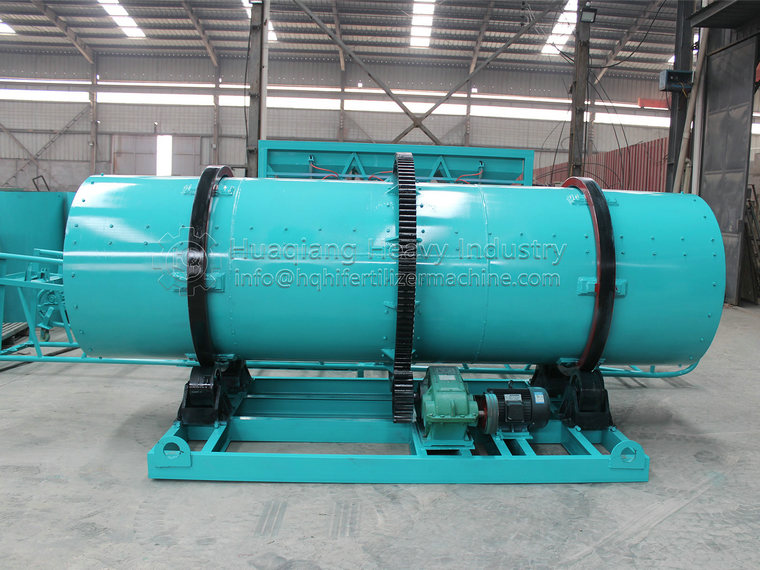Technological innovation of organic fertilizer turning machine promotes industrial upgrading
In the organic fertilizer production industry, technological innovation is the core driving force for industrial upgrading, and the organic fertilizer turning machine plays an important role in this process. Its own technological innovation continuously injects new vitality into the development of the industry.
Early organic fertilizer turning machines had relatively simple functions and structures. But with the development of the industry and the increasing demand, today’s flipping machines have achieved significant breakthroughs in multiple aspects.
In terms of mechanical design, engineers continuously optimize the structure of the stacker. The use of high-strength and corrosion-resistant steel to manufacture the body and key components greatly improves the durability and stability of the equipment. At the same time, innovative designs have been made for the flipping components, such as specially shaped flipping teeth and spiral blades, which can more effectively chop materials, increase the flipping effect of materials, and make fermentation more complete.
The integration of automation control technology is a major leap forward for organic fertilizer turners. The current equipment is equipped with advanced sensors and intelligent control systems. Sensors can monitor real-time parameters such as humidity, temperature, and acidity/alkalinity of materials, and transmit the data to the control system. The control system automatically adjusts the operating speed and flipping depth of the flipping machine based on preset parameters, achieving precise flipping. Operators can easily control the entire flipping process through computer screens in the control room, greatly improving production efficiency and product quality stability.
In order to meet the needs of different users, organic fertilizer turning machines are becoming increasingly diverse in terms of models and specifications. From small portable stackers suitable for family farms or small-scale breeding farms, to large heavy-duty stackers capable of meeting large-scale industrial production needs, everything is available. Users can choose the most suitable equipment based on their production scale, site conditions, and budget.
In terms of energy conservation and environmental protection, technological innovation has also achieved significant results. The new type of stacker adopts high-efficiency and energy-saving motors and transmission systems, reducing energy consumption. At the same time, by optimizing the design of the equipment, the noise and dust emissions during equipment operation have been reduced, the production environment has been improved, and green production has been achieved.
In addition, R&D personnel are constantly exploring new technological applications, such as combining with IoT technology to achieve remote monitoring and fault warning of devices; Using big data analysis to provide users with more scientific flipping solutions.
The technological innovation of organic fertilizer turning machines provides strong support for the upgrading of the organic fertilizer industry. With the continuous advancement of technology, it will continue to promote the development of organic fertilizer production towards higher efficiency, intelligence, and environmental protection.
.jpg)





.jpg)

